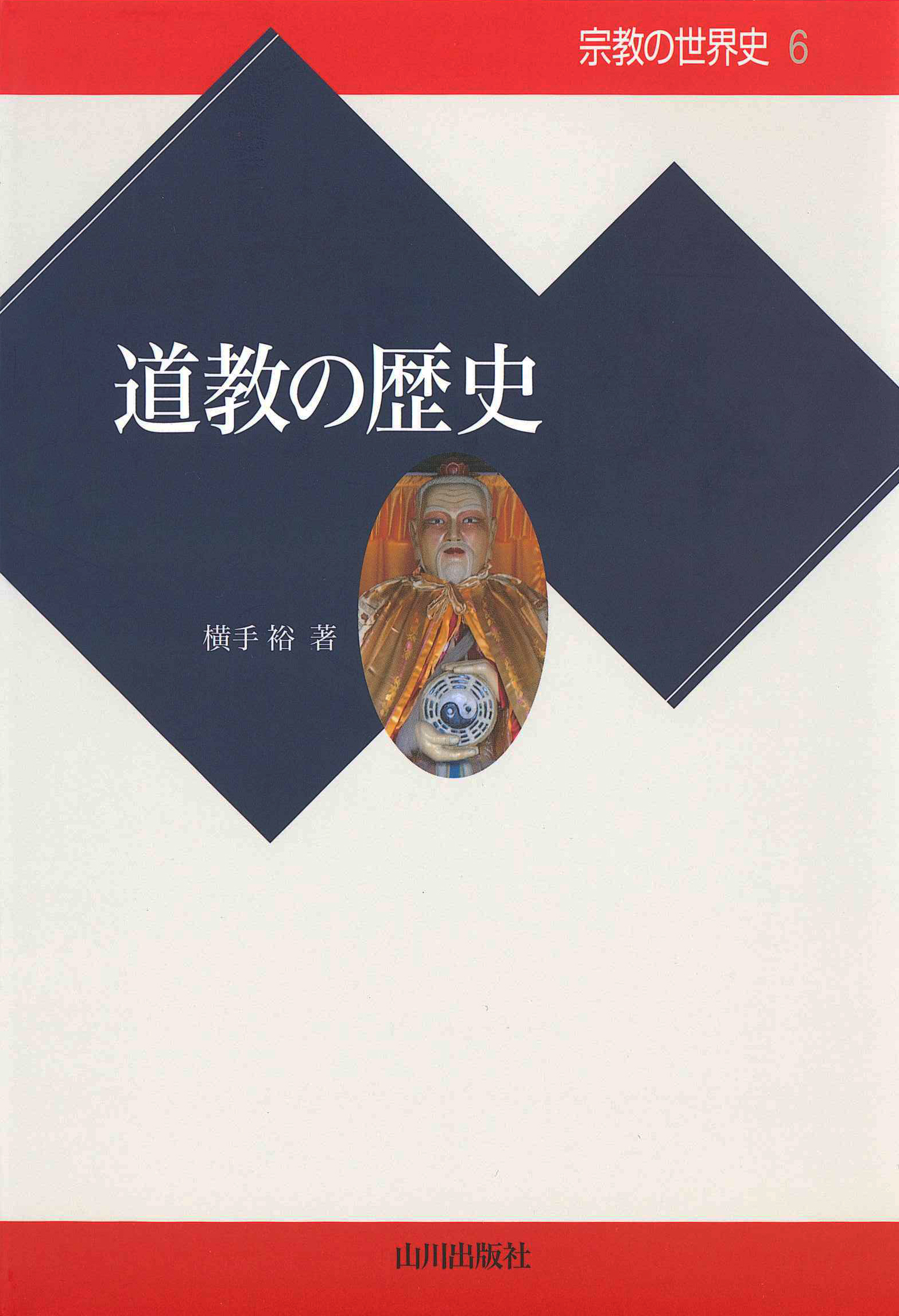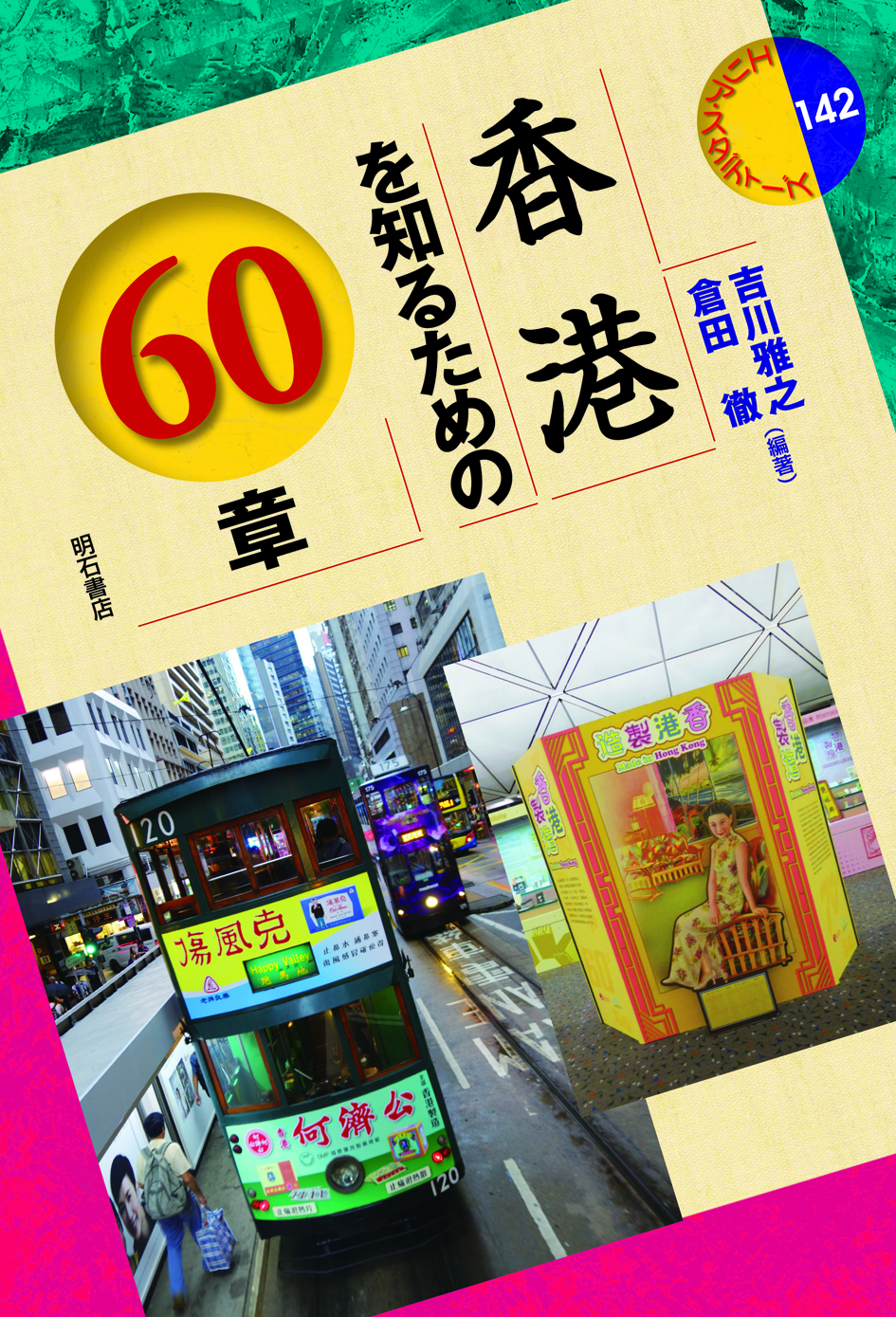
Title
A World History of Religion 6 Doukyou no Rekishi (The History of Daoism)
Size
360 pages
Language
Japanese
Released
March, 2015
ISBN
978-4-634-43136-2
Published by
Yamakawa Shuppansha Ltd.
Book Info
See Book Availability at Library
Japanese Page
Today, in Japan, “Daoism” (daojiao) is often explained as a traditional religion of China that began with the Way of Five Pecks of Rice or the Way of Great Peace in the Later Han. But if one reads various works written by Chinese prior to the modern period, one will find that the scope of what is called daojiao is different. In the “Introduction” to this book I point out this fact and consider why this difference should have arisen.
The diverse thinkers who appeared in ancient China were classified into the so-called one hundred schools of thought, and Laozi and Zhuangzi were deemed to be daojia. Today, the word daojia likewise generally refers to Lao-Zhuang thought, but this was not the reality during most of China’s history. Daojia subsequently grew in scope, encompassing immortalist ideas, the Way of Five Pecks of Rice, the Way of Great Peace, and so on as it did so. Then, as it became standard practice in the second half of the Six Dynasties period to refer to Confucianism and Buddhism as “teachings of Confucianists” (rujiao) and “teachings of the Buddha” (fojiao) respectively, this expanded version of daojia came to be referred to also as “teachings of the Way” (daojiao). It became a basic pattern of thought in premodern China to regard the “three teachings” of Confucianism deriving from Confucius, Buddhism deriving from Śākyamuni, and Daoism deriving from Laozi as China’s three great doctrinal systems.
Later, the word shūkyō and the corresponding concept were created in Japan as the equivalent of “religion” among the Western concepts that were imported into Japan in the second half of the nineteenth century, and together with “philosophy” (tetsugaku) this was applied to the understanding of China’s traditional culture, with daojia being equated with the philosophy of Laozi and Zhuangzi and daojiao being classified as a religion. As a result, daojiao was deemed to have begun with the Way of Five Pecks of Rice or the Way of Great Peace in the Later Han, which both had religious organizations. Since the twentieth century, this understanding has spread from Japan to China and other parts of the world.
However, this daojiao does not necessarily conform accurately to the thinking of Chinese who lived through China’s history prior to the nineteenth century or to the various discourses and events that arose on the basis of their thinking, and it cannot properly explain China’s historical phenomena. Many of the expositions of daojiao or “Daoism” since modern times have this problem, and in order to get around it, in this book I have described the “history of Daoism” on the basis of the scope and content of daojiao as originally conceived of by traditional Chinese. Of course, I have also given consideration to the “Daoism” or daojiao that is today generally defined and explained as a religion, but I have attached greater importance to the daojiao of those who lived through China’s history during the previous one thousand and several hundred years.
“Confucianism” too is often a subject of discussions about whether or not it is a religion. To what degree is a simple understanding based on the concept of “religion,” born in the West, effective for understanding China’s traditional cultures of “Confucianism” and “Daoism,” with their long history and complex contents? An underlying aim of this book is first of all to think together with the reader about many important questions, starting with this point.
The account of the “history of Daoism” set out in chapter 1 and the following chapters has been put together by pouring into it to the greatest possible extent the knowledge gained from living with Daoism through both textual research and field investigations for more than thirty years, as well as incorporating the latest scholarly findings and giving much thought to how to present the information in the best possible way. Considerable effort was also expended in selecting photographs and preparing diagrams to facilitate the understanding of those approaching the subject for the first time. In addition, special attention was paid to enabling the reader to understand in succinct terms the contents of the ideas and teachings of the various schools of Daoism that appeared one after another in the course of its history.
(Written by Yutaka Yokote, Professor, Graduate School of Humanities and Sociology / 2018)



 Find a book
Find a book


